We thought we would dig out the data to update Bloomberg’s calculation of November 2008 that totaled the bank bailouts at $8.5 trillion.
Here is our list of additional commitments:
I. $750 Billion for Bank Bailout
There is reportedly $750B in the President’s 2010 FY budget for “the banks.”quotes Treasury Secretary Geithner as saying this is merely a “placeholder” in case of further deterioration of the economy and indicates the purpose of such funds would be further purchases of troubled assets. CBO scoring of this budget item results in a net expenditure estimate of $250B (meaning that, based upon the quality of assets purchased in the TARP program so far, the government would recover $.78 for every asset purchase dollar). OMB’s recovery estimate is a more conservative $.66 for each purchase dollar. Of course, this is not a final number until appropriated by Congress, and many changes will be made to the budget before it is final.
II. $787 Billion for the Stimulus Package, adopted by Congress as part of the American Recovery and Relief Act of 2009.
III. $1 Trillion for the Financial Stability Plan:
- $500B has been deposited into a Stability Trust.
- $500B – $1 Trillion is set for later deposit into a Public/Private Investment Fund.
The government’s fact sheet does not make clear whether the whole amount is public investment, however, as some press reports would seem to imply. Treasury Secretary Geithner’s speech as reported in the Washington Post seems to indicate that $1T is the total available to lend, so that amount would also include the private money being “leveraged.” This interpretation would be consistent with the $500B figure reported by the New York Times as the amount of the bailout related to the Public/Private Investment Fund.
IV. TALF – funded from TARP
On March 3, 2009, Treasury and the Federal Reserve announced the creation of the Term Asset-Backed Securities Loan Fund (“TALF”) “designed to catalyze the securitization markets by providing financing to investors to support their purchases of certain AAA-rated asset-backed securities” as a “component” of the Consumer and Business Lending Initiative (“CBLI”), which is established under the Emergency Economic Stabilization Act of 2008. This seems to indicate the government component of this facility would be funded with TARP funds. The Treasury press release states that the Federal Reserve Bank of New York will lend up to $200B to eligible owners of AAA asset-backed securities secured by auto, student, credit cared and SBA-guaranteed small business loans. CBLI guidelines provide that the government’s investment comes in the form of a Treasury investment in special purpose vehicles of Federal Reserve banks (like TALF). Notably, it also states that TALF was formed “to purchase collateral that borrowers from the SPV may forfeit” and that Treasury will share in the gains and losses of the SPV.
V. Exchange Stabilization Fund – Fed liabilities for money market fund losses – potential $46 – $50 Billion reduction in bail-out costs as reported by Bloomberg
According to the U.S. Treasury website, the $50B facility at Exchange Stabilization Fund to cover potential losses at money market funds only lasts (as extended) until April 30, 2009 unless the facility is extended again. Statements on the site seem to anticipate that Treasury probably will not extend it. Assuming there are no additional money market fund claims for losses, $46B would be SUBTRACTED from the Bloomberg list after April 30, 2009. [NOTE: The Bloomberg chart shows $50B under Treasury programs, Treasury Exchange Stabilization Fund with the description “buys and sells short-term notes to moderate fluctuations of foreign securities” and a $540B commitment ($0 tapped) by the Fed described as “buys financial assets from financial companies to bolster money-market mutual funds.” Recall earlier that the bailout chart offered by the New York Times in early February shows that Treasury spent $4B to cover losses on the liquidation of the Reserve US Government Fund. If the NYT account is accurate, ESF and not the Fed took this loss.]
VI. $2.274 Trillion Fed overnight lending facility
According to the New York Times, the Fed’s overnight lending was expanded to $2.4T. The Bloomberg chart seems to be counting $128B in that category — $10B under “overnight loans” and $118M under “secondary credit.
VII. $50 Billion More for Citigroup
On Friday, February 27, the government announced a conversion of $25B of Citigroup preferred stock into common stock, resulting in a 38% government stake in Citigroup. Reportedly, there is no additional cash infusion, but, according to the Option ARMageddon site:
“The move is an acknowledgment that more than $50 billion in government capital and a backstop on more than $300 billion in troubled Citigroup assets haven’t been enough to stop the bank’s slide.”
VIII. $ 50 Billion Additional AIG bailout [see: Federal Reserve Press Release]
The AIG bailout (originally, all in the form of an $85B line of credit for an 80% stake in the company) grew, but by how much is not clear. The Bloomberg chart indicates that $123B was committed by the Fed and $87B was actually taken down [all other sources refer to an $85B line of credit, so Bloomberg either knows something no one else does, or this is a mistake].
“The U.S. government’s role as a savior to AIG began in September, with a two- year, $85 billion credit line. Since then, it has grown; currently, the government is offering up to $173.3 billion in assistance.”
This $173.3B appears to include the original $85B.
The Wall Street Journal [http://online.wsj.com/article/SB123599072033008283.html] reports the following sequence of events [March 3]:
“The bailout of AIG has gotten bigger, and taxpayers have taken on more risk:
- Sept. 16: The government extends AIG a two-year loan of up to $85 billion, and gets a 79.9% stake in return.
- Oct. 8: Bailout loans increase to nearly $123 billion due to problems in AIG’s securities-lending program.
- Nov. 9: The rescue package increases to $150 billion, including a new $40 billion federal investment.
- March 1: The government makes $30 billion in TARP money available and cuts the loans to up to $25 billion.”
It is not clear what the “$40B federal investment” is. The Fed’s website says that the government exchanged its $40B cumulative preferred shares in AIG for new preferred shares that more closely resemble common equity, so it is likely there is no “new” $40B investment. The reduction of the “government” loans to $25B is actually a reduction of the $60B revolving credit facility put up by the Federal Reserve Bank of New York, not the government, so, essentially, the government’s commitment of TARP funds reduces the obligation of FRBNY. The Fed website [http://www.federalreserve.gov/newsevents/press/other/20090302a.htm] discloses that FRBNY holds a lien on a substantial portion of AIG assets as well as preferred stock in two new entities formed to hold all of the stock of two life insurance holding company subsidiaries of AIG (valued at $26B). The lien position means that the FRBNY has a superior position to that of Treasury as equity holder.
A third update on Bloomberg on March 3 reports:
“AIG is getting as much as $30 billion in new government capital and relaxed terms on its bailout announced yesterday.”
In a March 2 article, Reuters reports that the government’s exposure following the new bailout terms is $163B. Other headlines in the first week of March report that Senate leaders grilled regulators about the $180B AIG Bailout”.
Note: Bloomberg originally reported that the initial line of credit was backed by Treasury, but no other reports on the increased commitments mention a Treasury back-up. One thing is clear: the blurring of the distinctions between the interests of the “government” and of the FRBNY in the press and the failure of the press to give accurate, complete and critical accounts of the AIG bailout terms, including the superior position of FRBNY to that of Treasury, has left the taxpayers largely in the dark.
IX. $470 Billion Proposed increase in authority of FDIC to borrow from Treasury:
On March 3, Senator Dodd introduced a bill to expand FDIC’s line of credit with Treasury from $30B to $500B until the end of 2010. End-of-2008 reserves at FDIC were only $19B. The new borrowing authority would be limited to $100B unless consent of FDIC, Treasury Secretary Geithner, the Federal Reserve Board and the White House have been obtained.
* * * *
Update:
Tracking the $700 Billion Bailout
The New York Times (02 March 09)



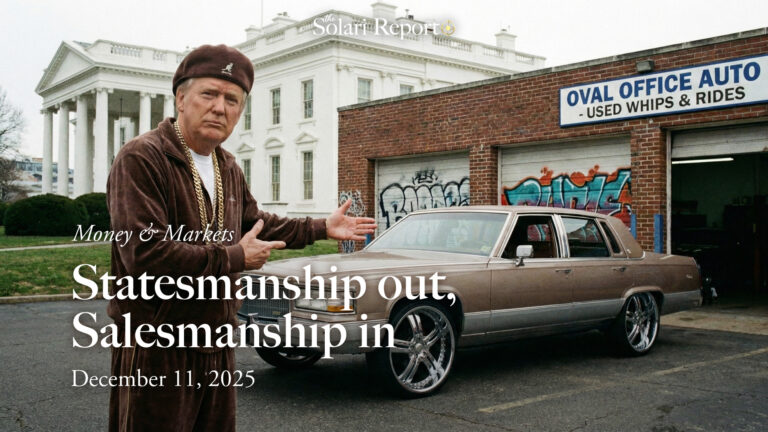
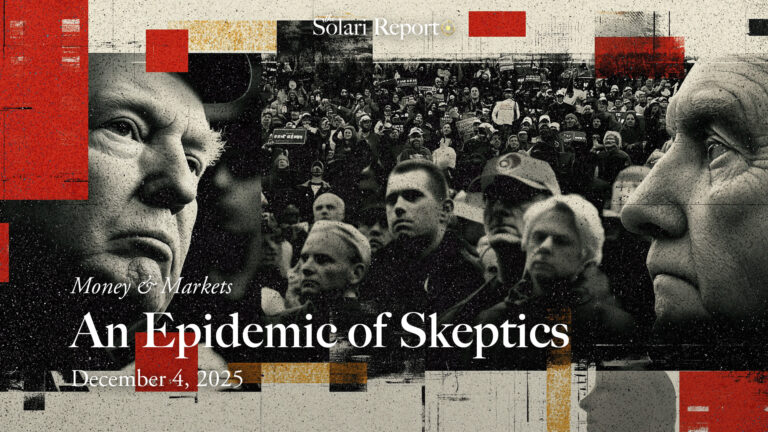

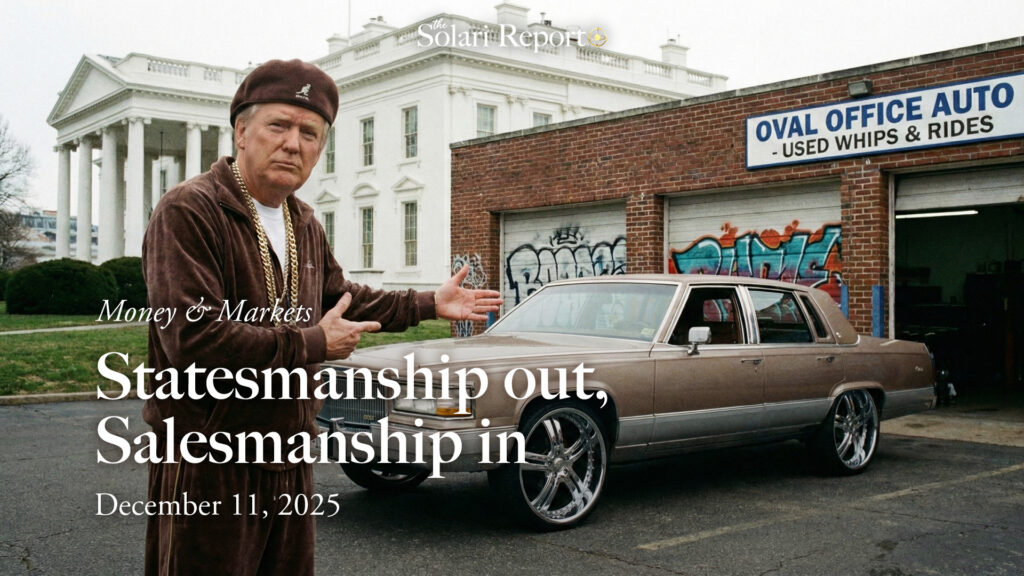
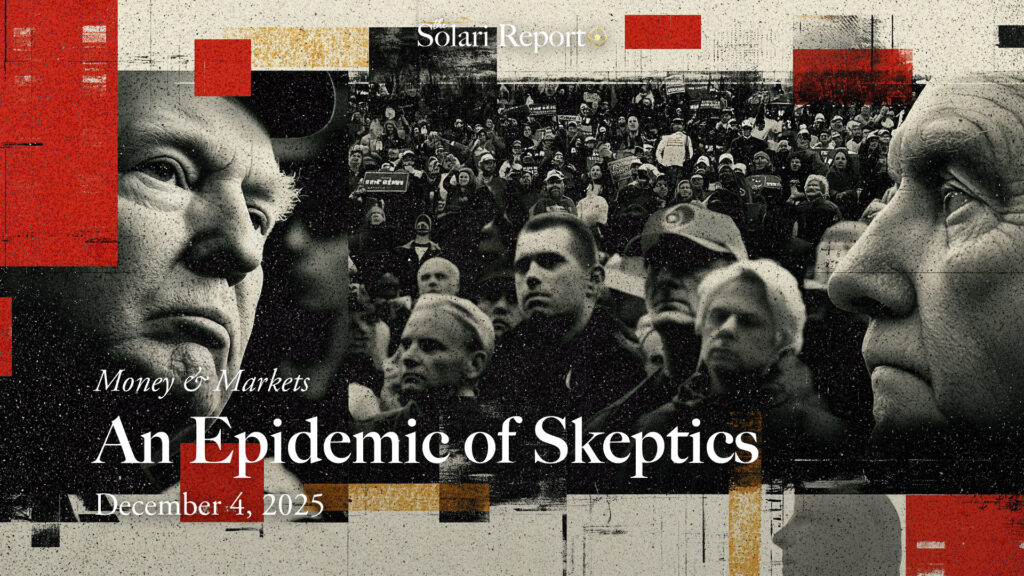








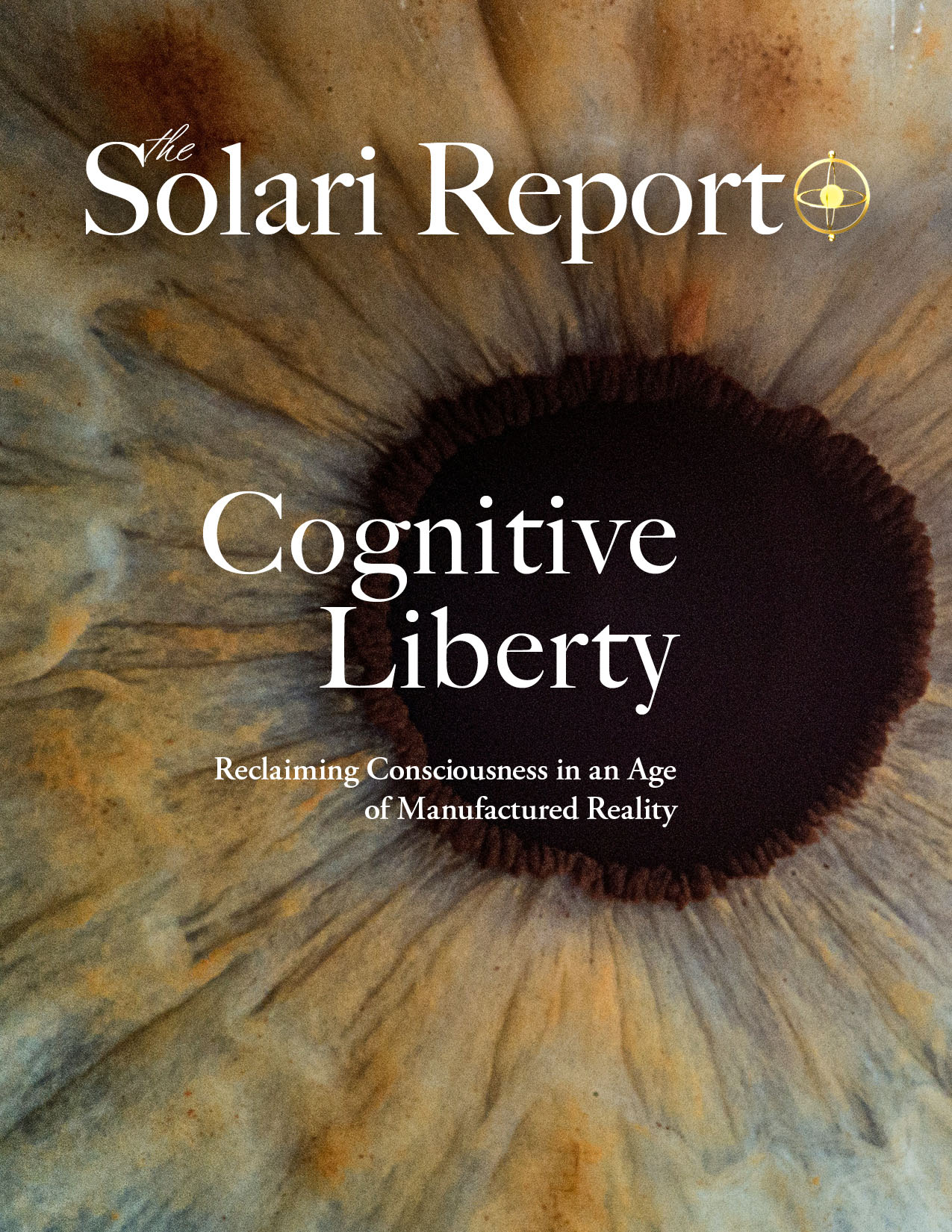















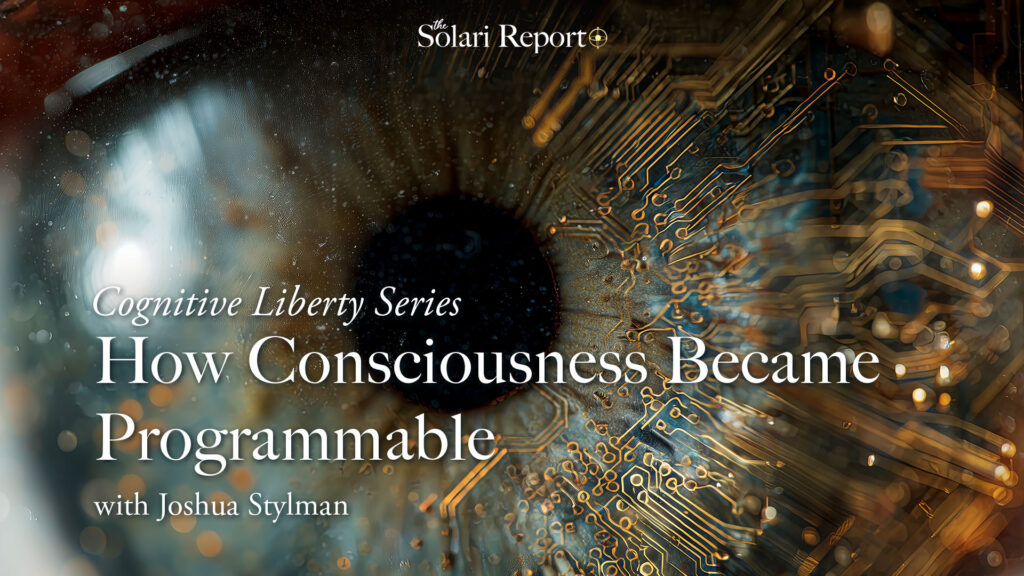
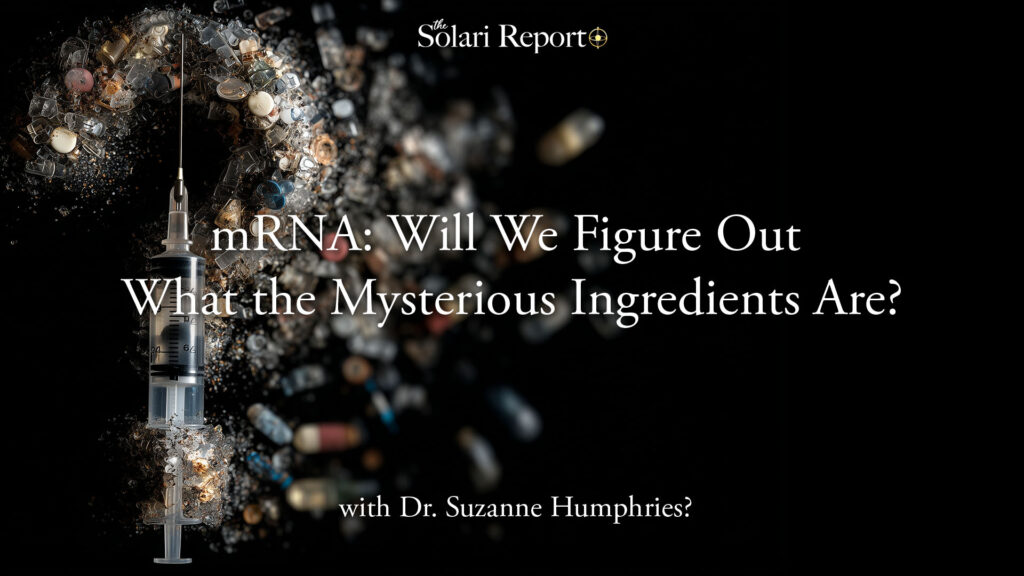


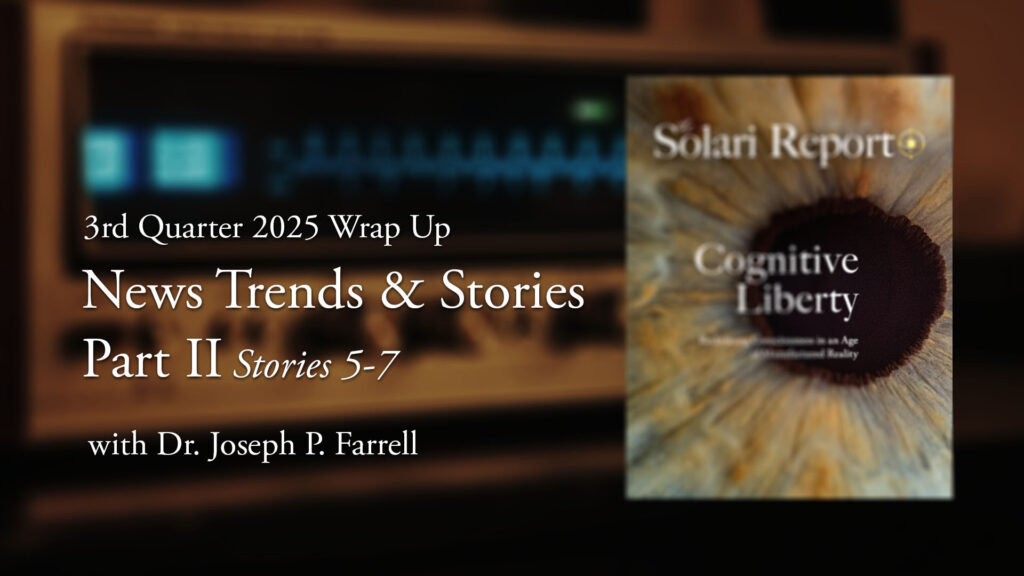
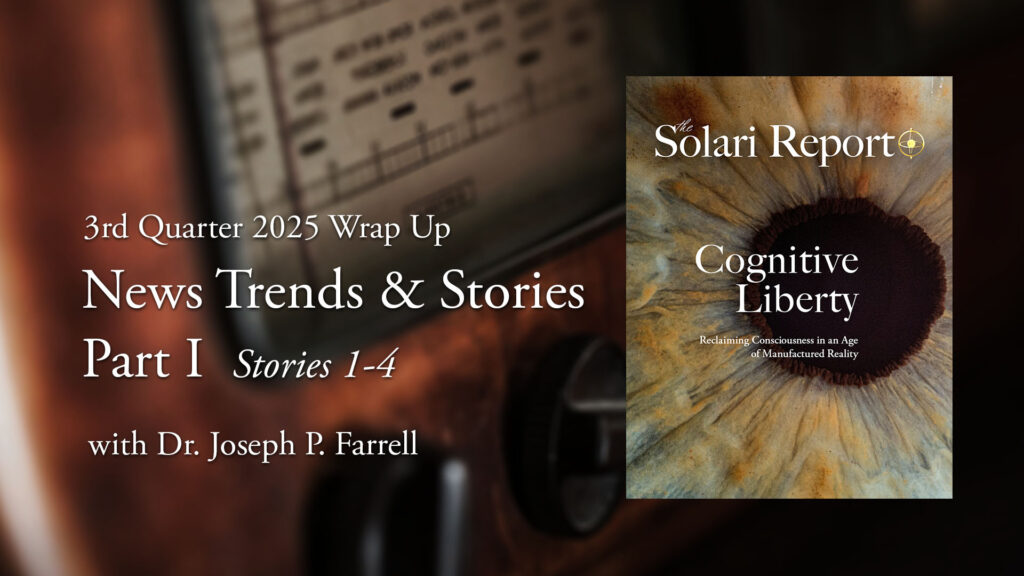
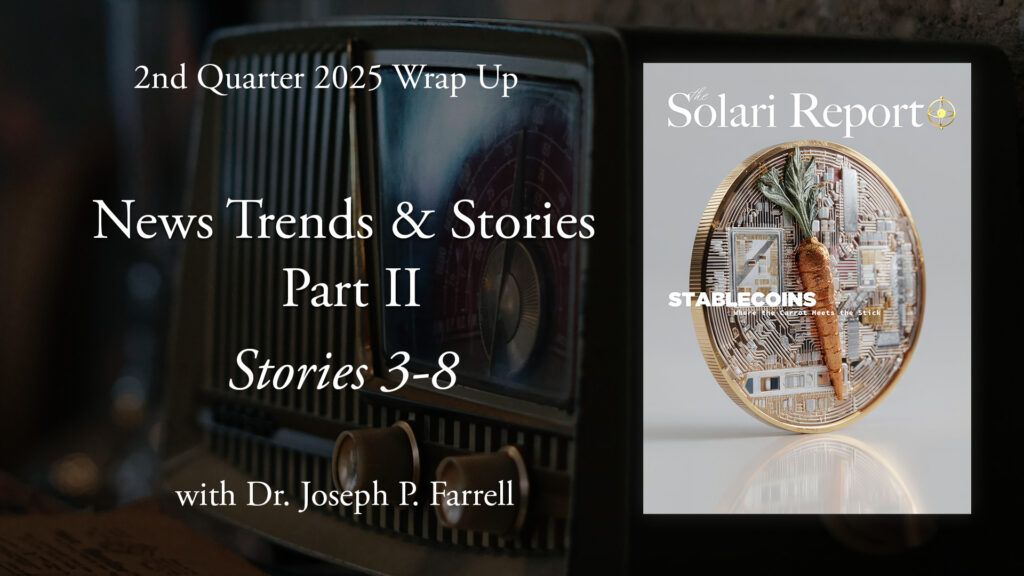
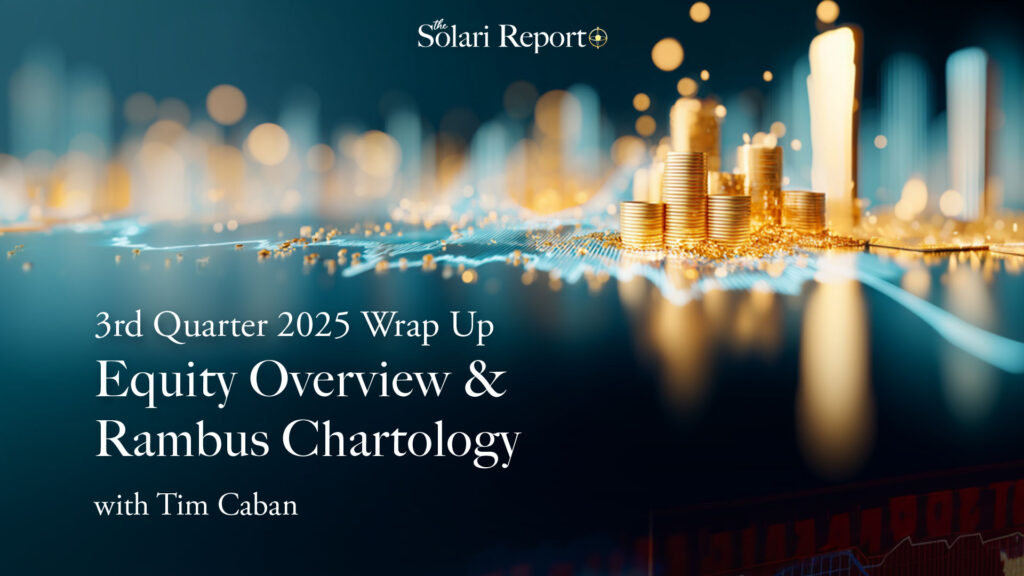
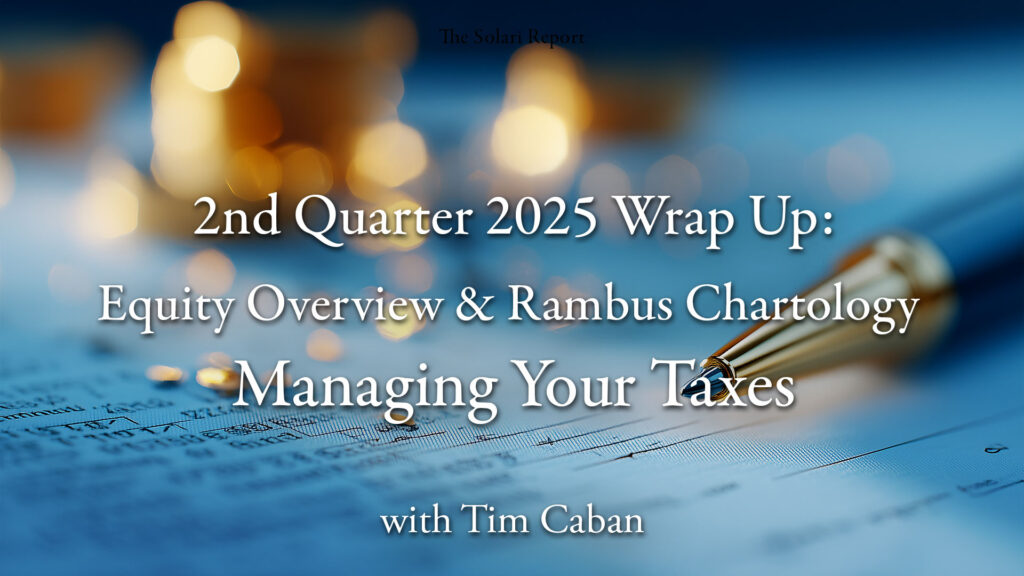
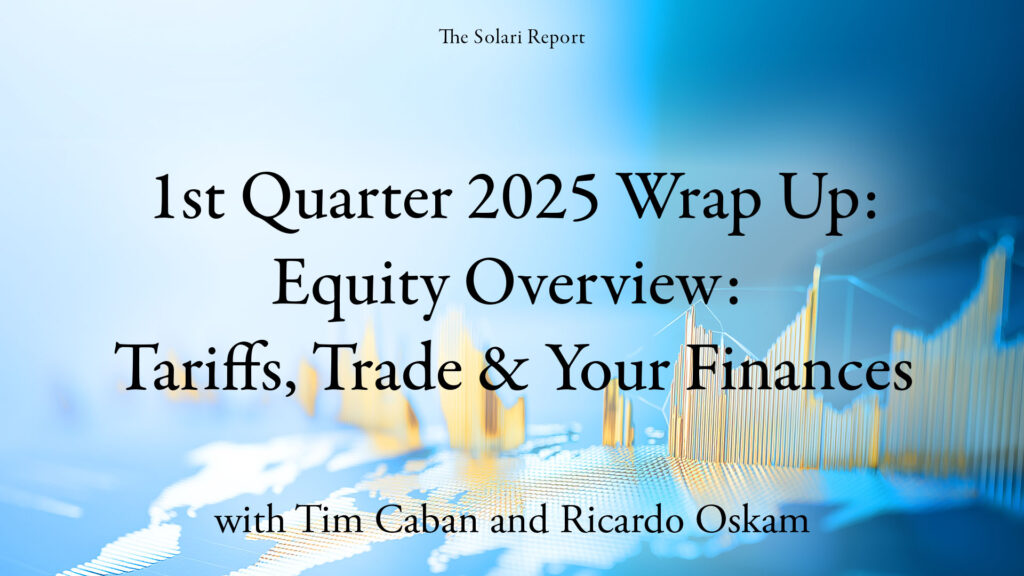
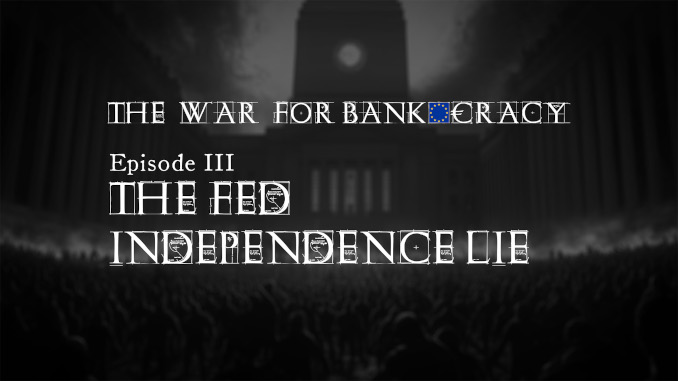
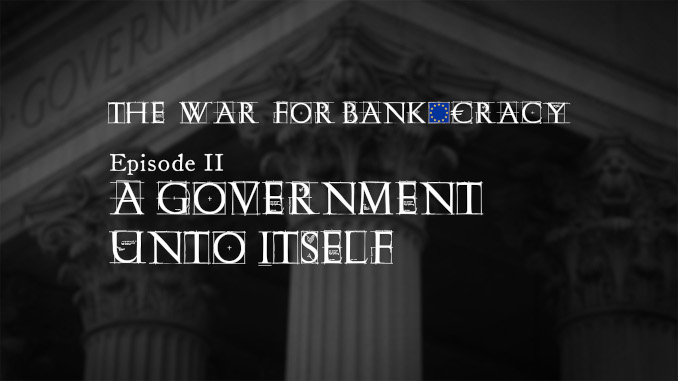
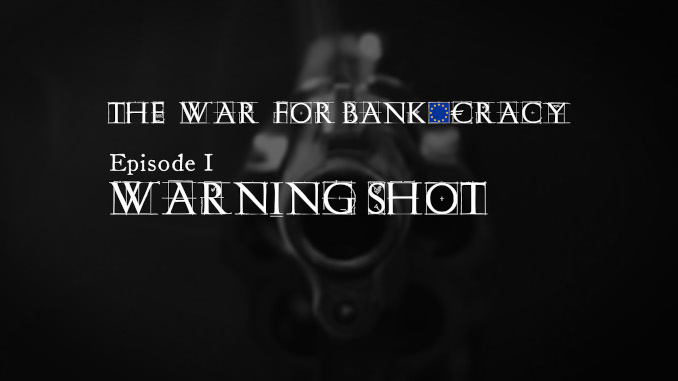


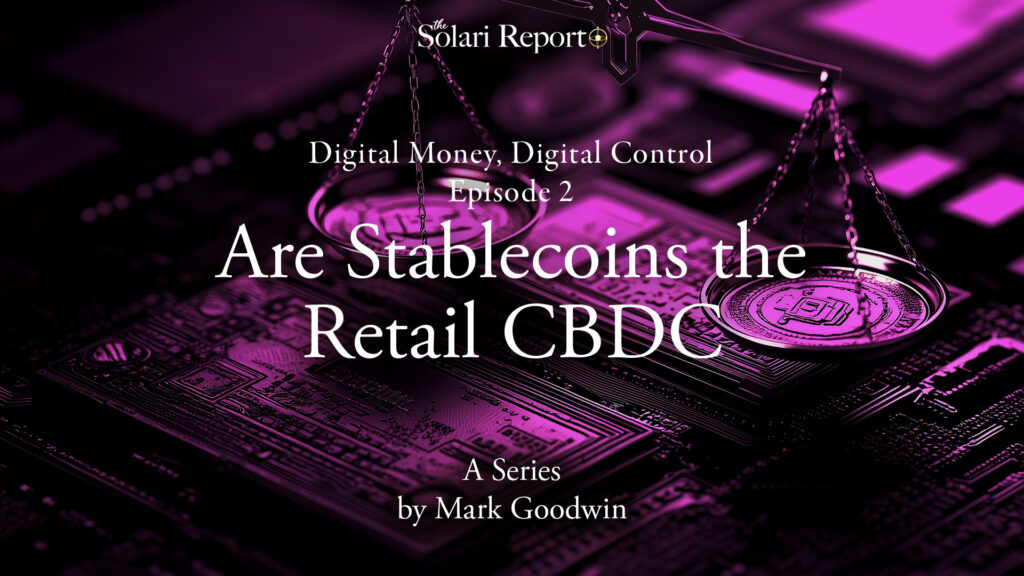
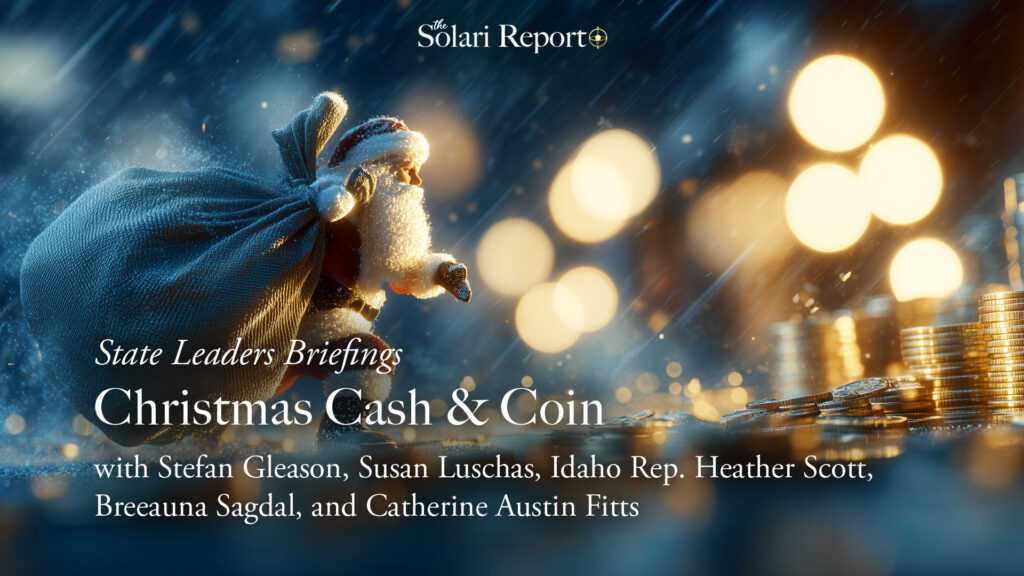
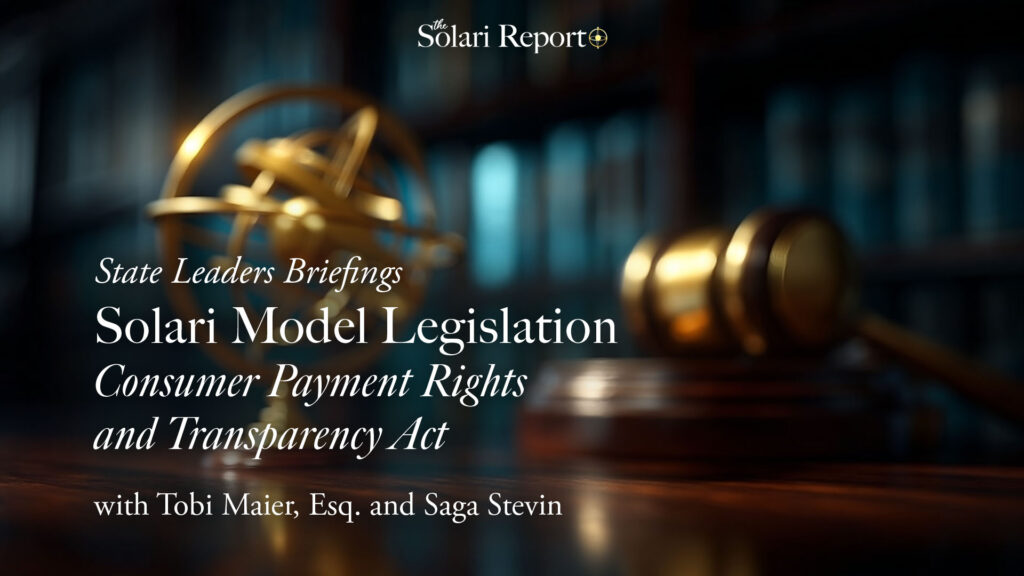

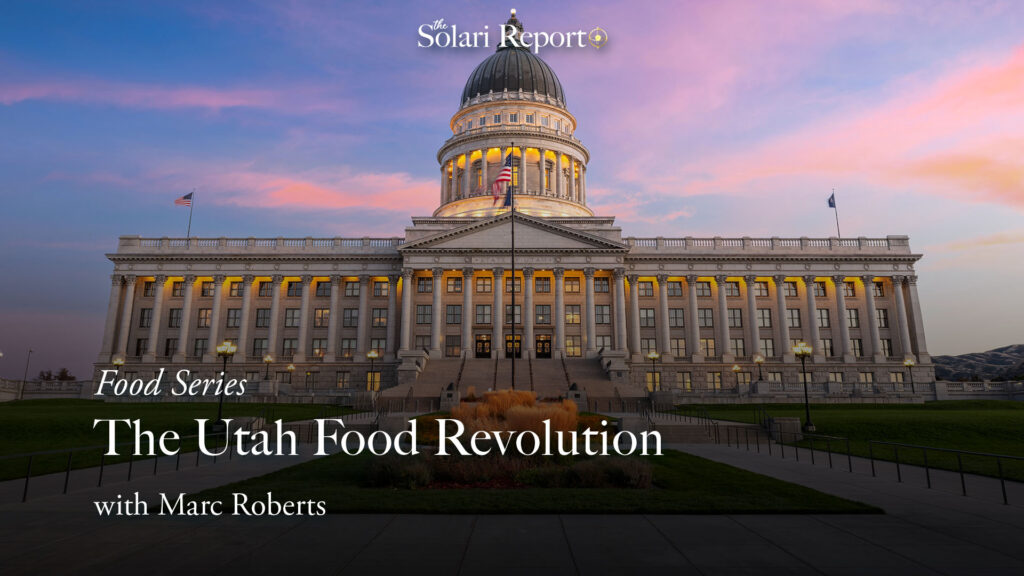








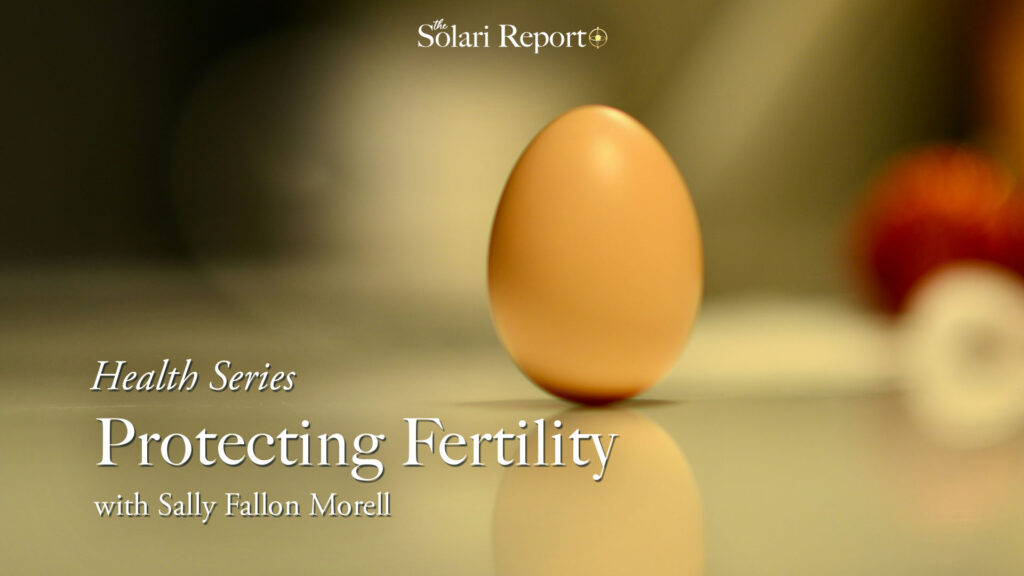



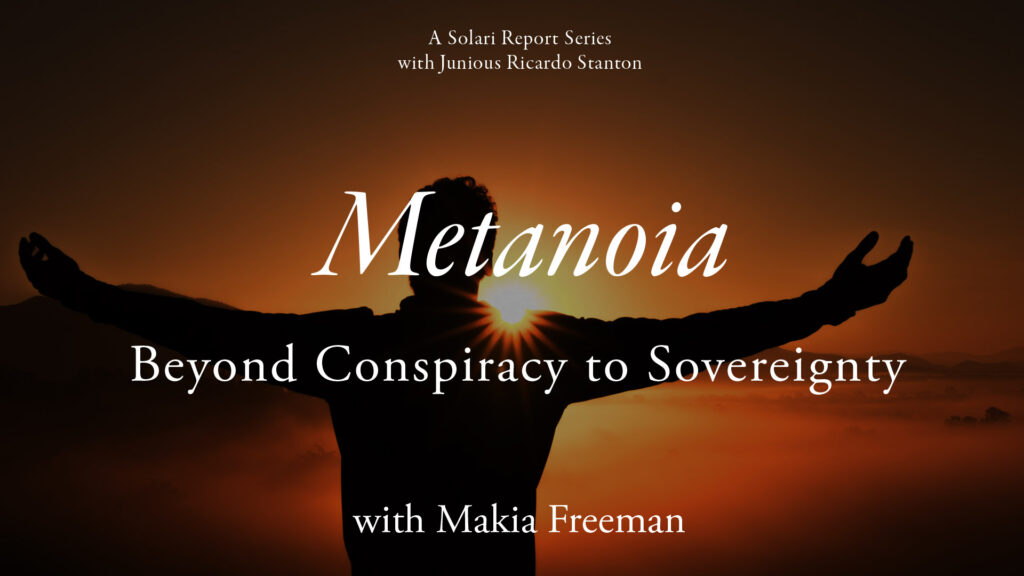









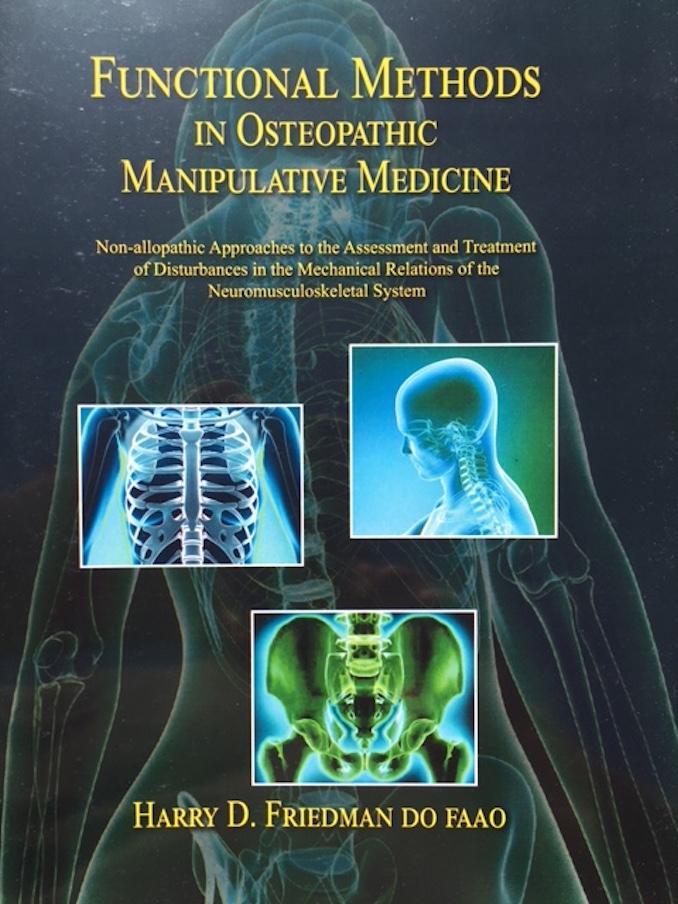






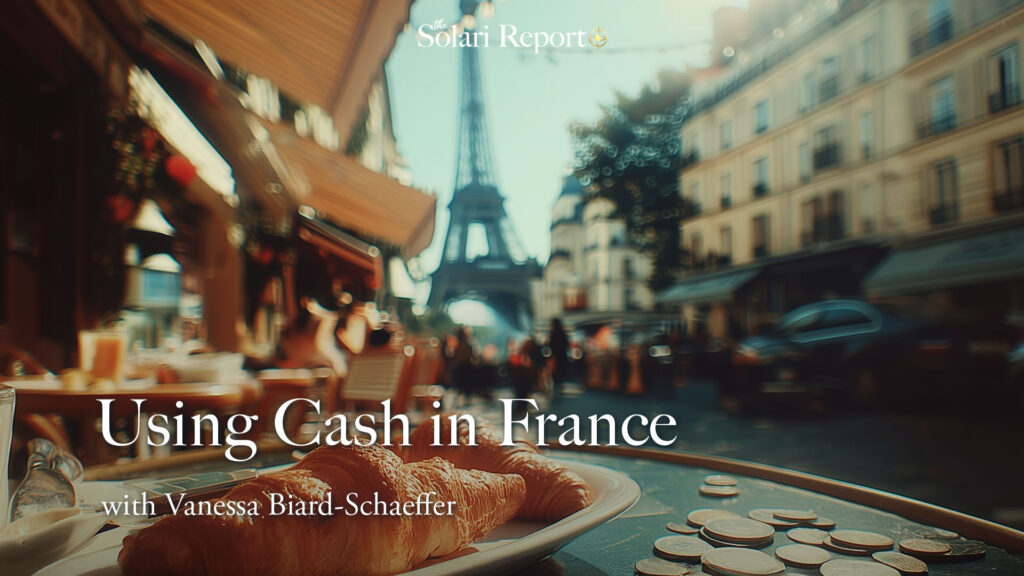














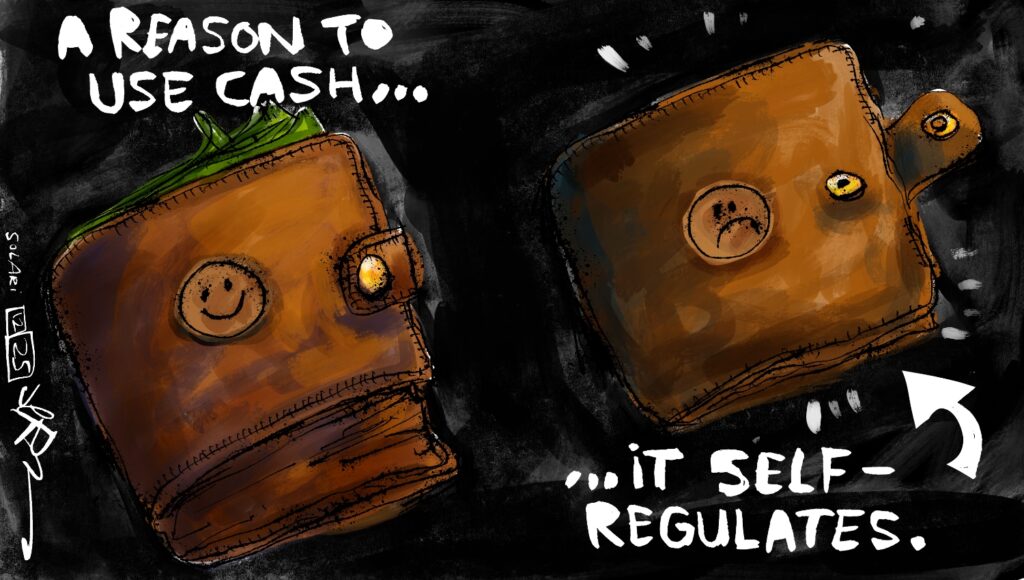
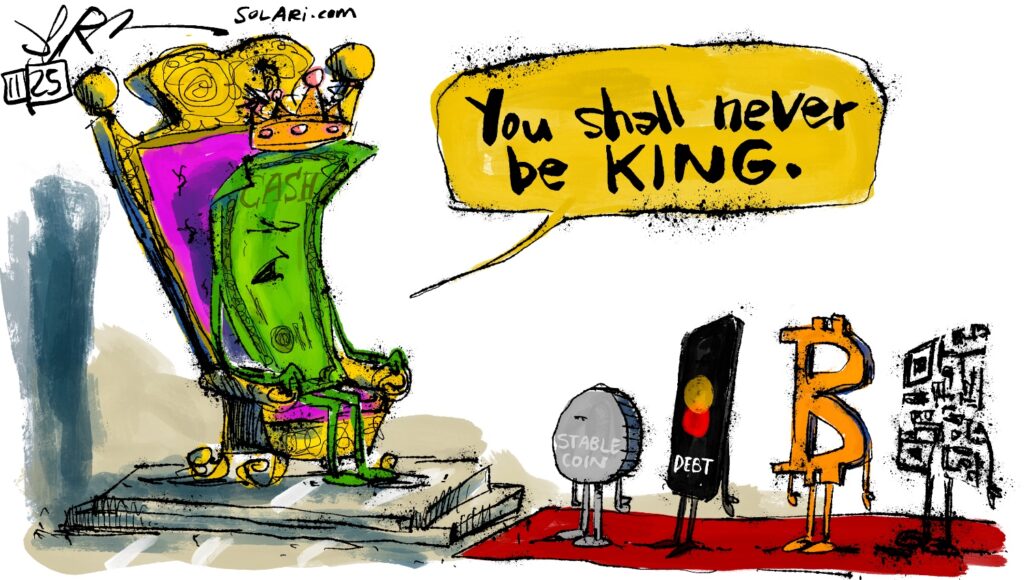
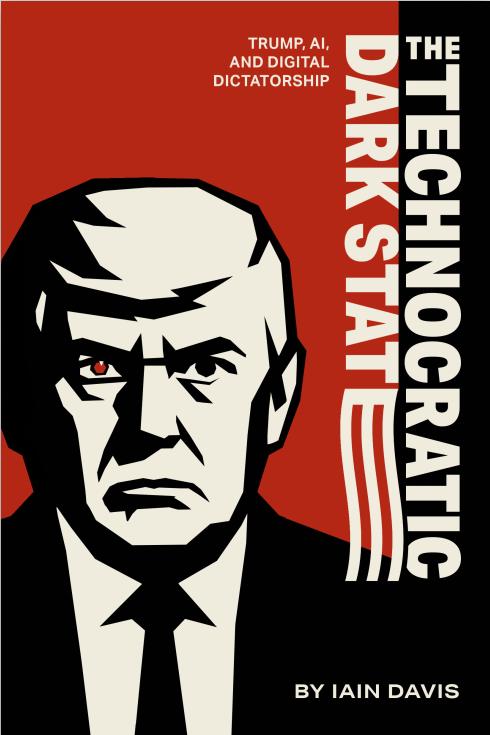
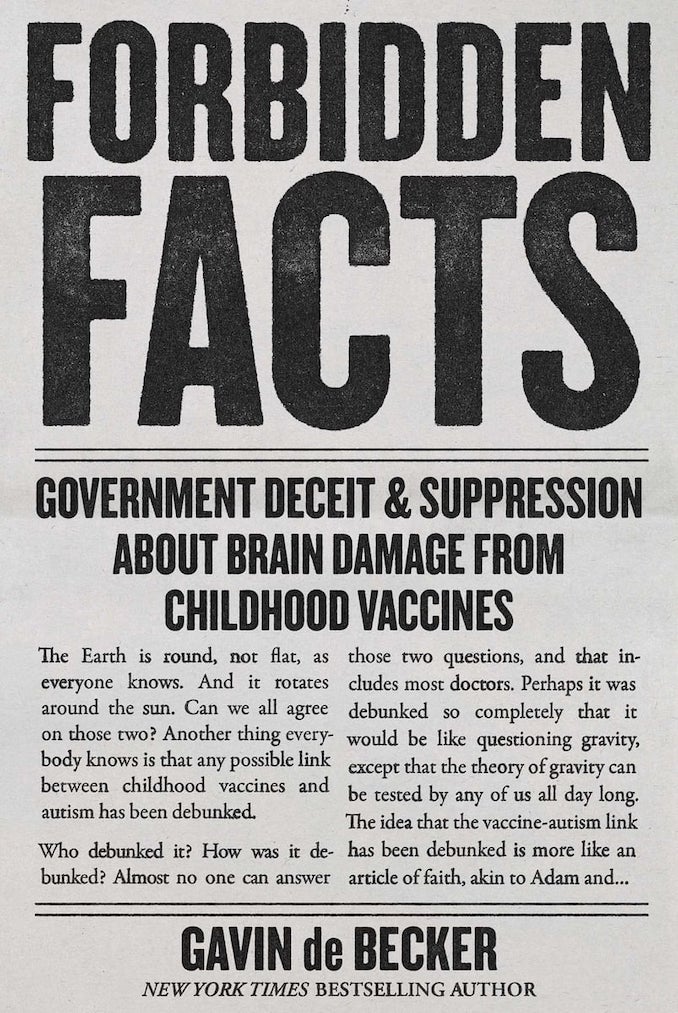
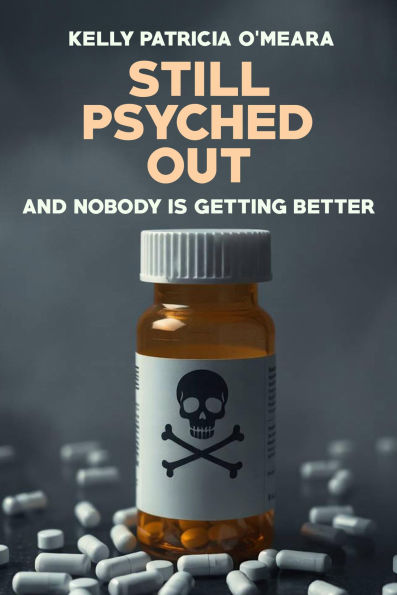
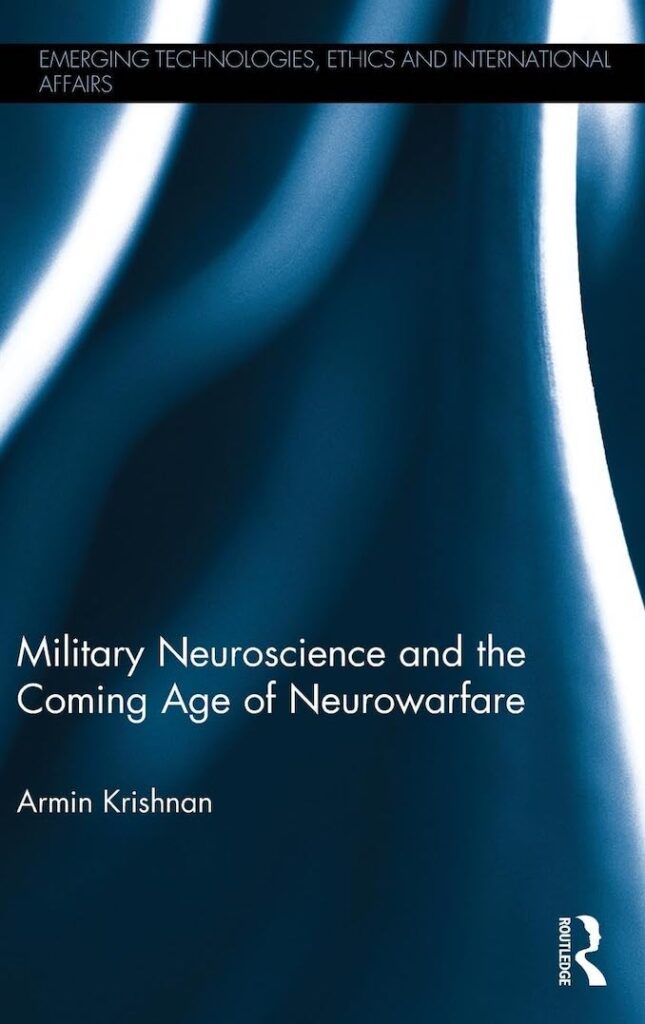













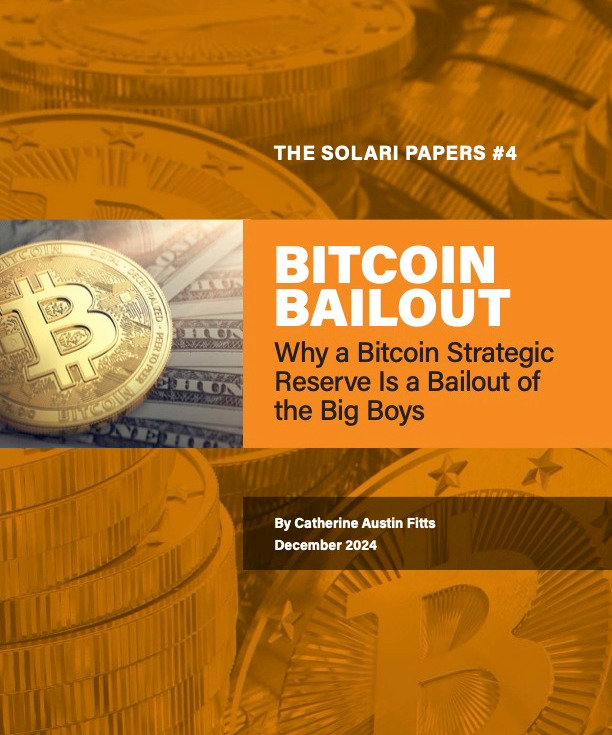
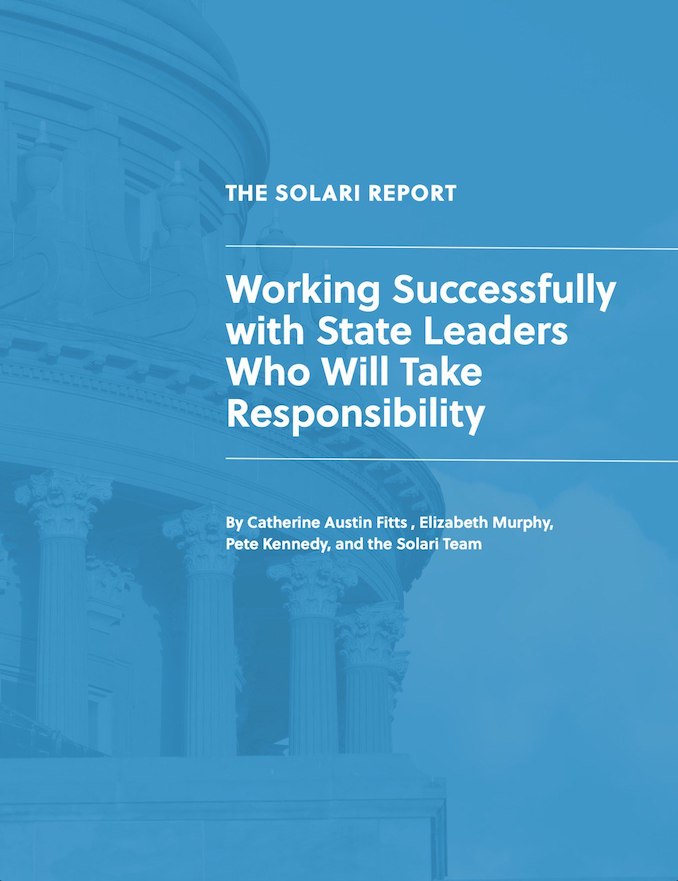
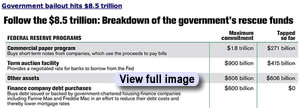

Catherine:
What do you think of the proposed American Monetary Act that would make our government the sole creator of money supply, prohibit fractional reserve banking, and fold the Fed into the Treasurer’s office? It sounds very promising to me, and it would go far toward curbing the political power of Wall Street. Doug Page
Weak housing, banks, and employment are only symptoms of a deeper cancer: our dollar doesn’t exist anymore and the USA is essentially bankrupt while going deeper into debt.
Look at the green paper in your wallet or purse. The top of each bill states that it is a Federal Reserve Note. Any dictionary will tell you that a “note” is a promise to pay. A note is an IOU, a debt. Every time new money is created the result is an increase in debt and a further debasement of anything of value.
When we spend this so-called money we are just trading debt. And those who receive a payment in so-called money deposit it into a system of Fractional Reserve Banking which is designed to create even more debt. Whenever you see the news headline “credit crisis” it’s the same as debt failure, maybe even bank failure. The US stands behind its moves with “full faith and credit.” Faith is weak and credit is debt piled upon debt.
Most people think dollars are real money but they aren’t. Few admit this conclusion. Strategies and tactics against recession will not work until very fundamental realities are accepted: that the dollar is broken; that floating currencies are a mistake; and that gold needs to be part of he monetary equation again.
The monetary system is diseased. And pundits want us to believe systemic problems will be resolved in a year or so. Phooey! They don’t have a clue when things will improve. They don’t realize the Federal Reserve has no reserves. The Fed does have the US Treasury’s permission to create money (debt) ad infinitum.
Foundations for this mess were laid when Ronald Reagan created the belief that deficits don’t matter (per Dick Cheney) and then he removed the link between the dollar and gold. Now the dollar has no anchor. The markets have no anchor. And with all ships sailing blindly, it’s no wonder that Wall Street’s financial engineers stepped into the policy gap. The smart guys left behind a heap of unregulated derivatives and Enron-like toxic waste.
Maybe when General Motors goes bankrupt the truth will be understood.
…Dr. No
“As Goes Motors So Goes the USA” –Bert Seligman (1958)
Hi Catherine,
The Titanic is listing. To right things the Fed is putting a big hole in the other side of the boat.
Only once the dollar is deemed utterly worthless will they be able to con the people into accepting the Amero, mentioned here on CNBC http://www.youtube.com/watch?v=6hiPrsc9g98
The NAU will use Ameros, just as the EU uses Euros. If you were going to assemble a one-world government, wouldn’t you rather do so from a handul of large pieces instead of hundreds of tiny ones?
A false flag operation to disguises, deflects and distorts the operations of a shadow banking system was implemented during September 2008. Because of the efforts by congress to deregulate, dismember and disengage a fifty year old monitoring system, a void was created that allowed the mission to activate with out a hitch. The inaction of Homeland Security Department to identify, prevent and apprehend the team highlights a depth of infiltration used to mask a massive electronic transfer of money. An emergency meeting involving the Fed, Treasury and Congress held behind closed doors silenced threats, deception and blackmail. Congress in turn deceived, distracted and disoriented American into believing banks needed a bailout or the economy would collapse. Banks, Hedge Funds and Investment institutions continue to implode after receiving massive sums of cash for an emergency capital injection. Some pundits say the money is gone but magic is for kids.
Change is ever-present and always at work. We’re operating with currency concepts at least a half century behind the times. Technology of banking has changed and hasn’t caught up to itself yet. Technology of currency has changed andis still ahead of itself, confused and disoriented. And, we still have old expectations and understandings which no longer apply.
I can’t for the life of me believe that everything is useless, will be abandoned and we’ll be stranded in a barren landscape and left to die as uncivilized, hopeless, directionless creatures. Yet, that’s what most of these posts portray.
Wishing will make it so only if you hypnotize yourself into the scenario. Other than that, keep an open mind and find out where we’re headed and join in and make a contribution to the future.
“As goes GM, so goes the USA?” simply an echo from some megalomaniac who placed his importance at too high a level. I don’t believe it. I do believe that change is on us. . inexorably. Further, very, very few of us can see where we are headed next. . . Even though it’s not on the agenda, published and thoroughly ezplained to us (which it cannot be simply because the “explainers” are too occupied with wailing!), we have never stopped moving and we have always borne the burden of change, willingly or otherwise.
I don’t deny or begrudge anyone’s right to express opinions or complain. That’s probably an essential part of human coping. And, I’m equally convinced that the expression of disappointment behind the wailing has an effect on leaders and doers. To that end, I wouldn’t want it to stop, I do it myself on ocassion. But, there is a future out there whether it’s what we want or not, it’s waiting for us and we’ll step into the frame and continue on our path, growing bigger, more alike with less initiative and personal distinction.
I don’t like the way things are going and partricipate in posts that crticize, but I’m not losing hope for the human race. Who knows whether we’re just starting out, are at mid-life or near the end? Whichever, . . The sun will be up there tomorrow whether we can see it or not and the world will keep spinning whether we feel it or not, and we’ll be here watching puny efforts unravel. . . In that strange new world.
It’s an advanture, folks, that’s all.
GOOD ADVICE!
Worth reading several times over and getting into our spirit:
But, there is a future out there whether it’s what we want or not, it’s waiting for us and we’ll step into the frame and continue on our path…
I don’t like the way things are going and participate in posts that criticize, but I’m not losing hope for the human race. Who knows whether we’re just starting out, are at mid-life or near the end? Whichever, . . The sun will be up there tomorrow whether we can see it or not and the world will keep spinning whether we feel it or not, and we’ll be here watching puny efforts unravel. . . In that strange new world.
It’s an adventure, folks, that’s all.